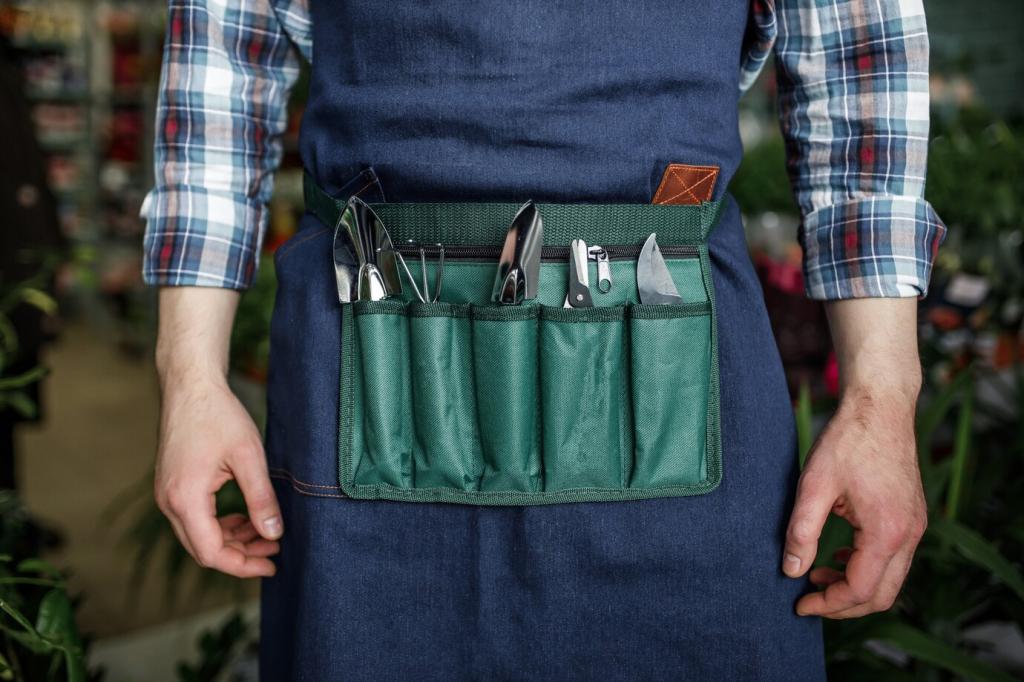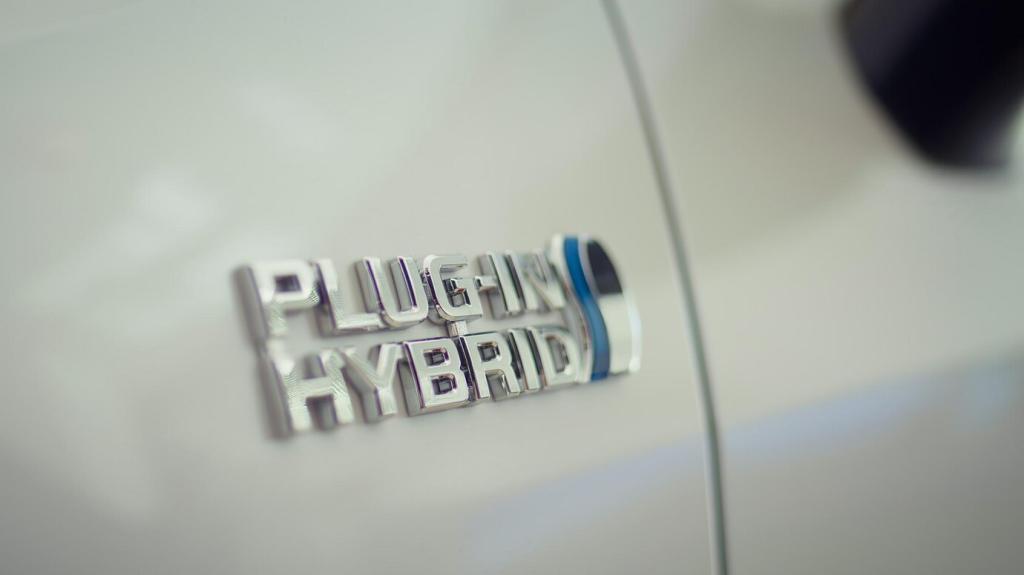Why Bio-Based Tooling Matters Now
Plant-based fibers and bio-epoxies can cut cradle‑to‑gate emissions significantly, while maintaining stiffness and stability for repeated cycles. Life cycle assessments increasingly show double‑digit reductions, especially when combined with renewable energy curing and optimized layups. How aggressively are you tracking CO2 per tool use?
Why Bio-Based Tooling Matters Now
Lower‑VOC bio‑epoxies and natural fibers help reduce harsh odors and dust irritants around layup and machining. Teams report fewer headaches during long shifts and faster cleanup thanks to resin systems designed for safer handling. Would your crew embrace new chemistries if training and demos smoothed the switch?






